Fairs, matchmakers, marriage announcements: how to look for brides and grooms in pre-revolutionary Russia
Categories: History
PictolicSad statistics show that in our era of the Internet in Russia is full of lonely people. Many sites and applications offer to get acquainted online, but it is still not easy to find "your" person. And how did they get acquainted in pre-revolutionary Russia, when even the most daring science fiction writers could not predict the Internet, and letters went for weeks, or even months?
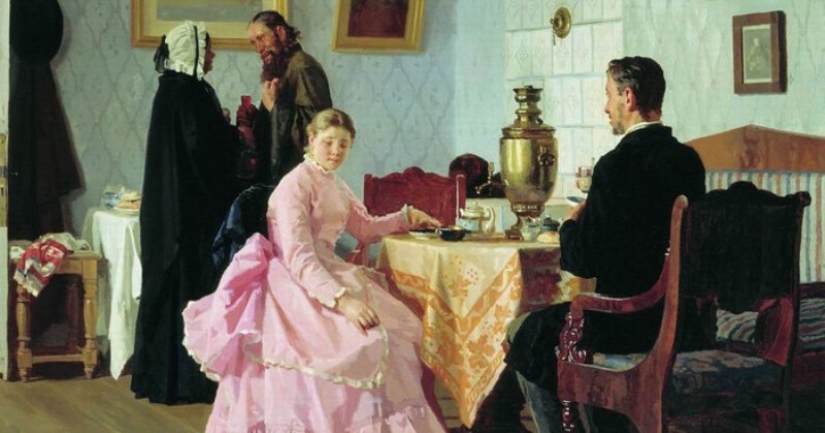
Nikolai Vasilyevich Gogol also noticed - "Moscow is feminine, St. Petersburg is masculine. All brides are in Moscow, all grooms are in St. Petersburg." But there is nothing supernatural in this — St. Petersburg was the capital, where men from the provinces flocked en masse, hoping to build a brilliant career. As a result, there were many more grooms there than brides.
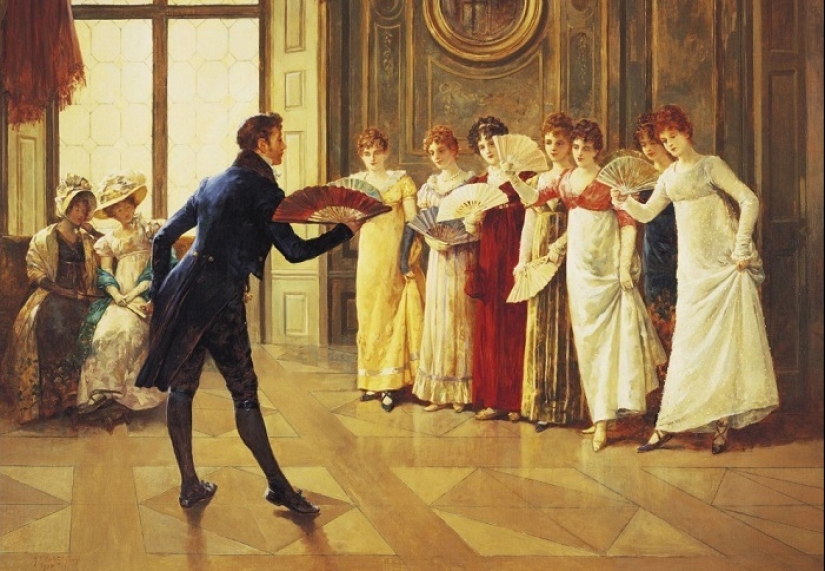
In Moscow, everything was the other way around, and Petersburgers who wanted to get married went there in search of personal happiness. Knowing this, brides from all over the empire flocked to the city — merchant and noble families brought their daughters to the show. A. S. Pushkin in "Journey from Moscow to St. Petersburg" wrote about it like this:
The trip to Moscow was an incredibly responsible event. The girls had to be shown with a "face", so long before the departure, outfits were sewn, for which family jewels were sometimes pawned. We usually drove in winter and sometimes the road was very long. The heroine of Pushkin's "Eugene Onegin" traveled with her family to Moscow for 7 days and this was far from the limit.
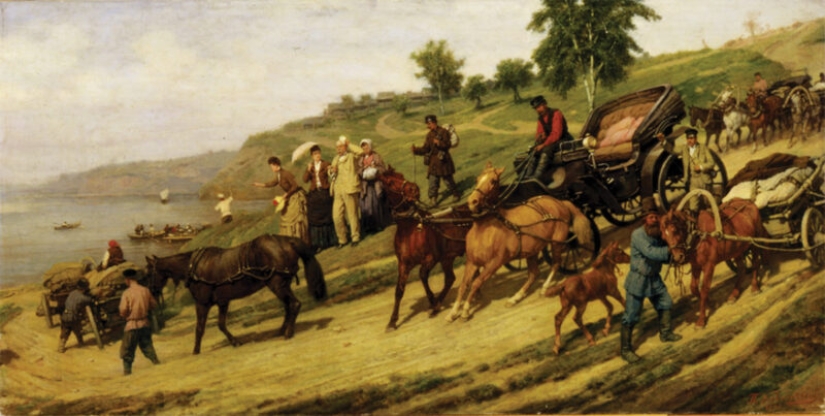
We were traveling for a long time, so there was anything in the luggage of travelers, up to pieces of furniture and an impressive stock of food. Moscow prices were already not pleasing at that time and it was not easy for many provincials to live in a big city. They usually rented housing, and if they were lucky with relatives, they stayed with them.
M. E. Saltykov-Shchedrin, in the novel "Poshekhonskaya antiquity", described the Moscow trip of a provincial family in search of a groom for an ugly bride in these words:
Hundreds of people experienced all these inconveniences for the sake of the screenings that took place in private homes, in a University boarding house and, of course, in a Noble Assembly. Sometimes in one day there were several balls in different places and the nimble grooms had time to see all the visiting girls.
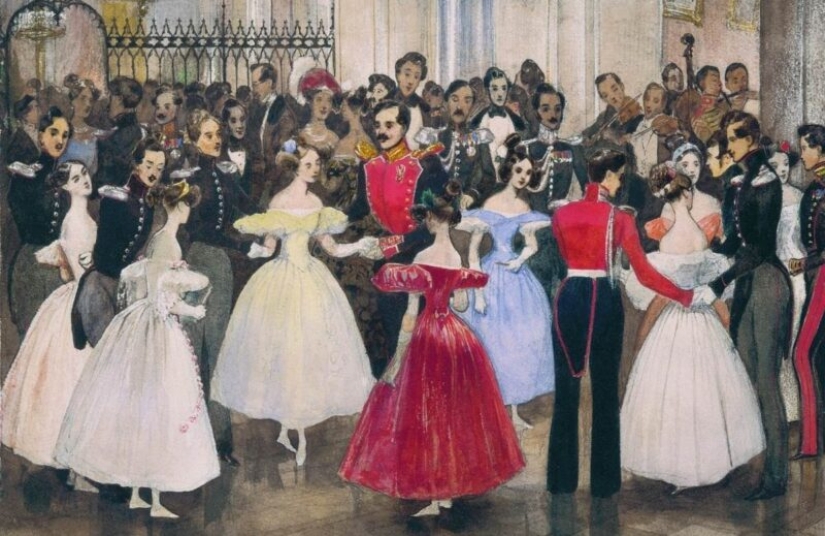
Not only the brides were busy dancing and languidly discussing the weather with the gentlemen, but also their parents. They tried their best to get as much information about each of the grooms as possible in order to choose the best and God forbid not to sell out or contact the participant of scandals and the owner of grandiose debts.
Additionally, the so-called "children's balls" were held, with the participation of teenage girls. Young ladies honed their dancing skills and manners, and men carefully looked closely, choosing a bride for their future. It was at such a "training" ball that the young poet Alexander Pushkin first met his future wife Natalia Goncharova.
Professional matchmakers were very popular specialists in the 19th century. Their services were actively used by merchant, middle-class and poor noble families. The aristocrats avoided matchmakers, because they already had an army of relatives and acquaintances, who sometimes moved in the highest circles of society. These connections helped to find a groom through their own channels, without attracting outsiders.
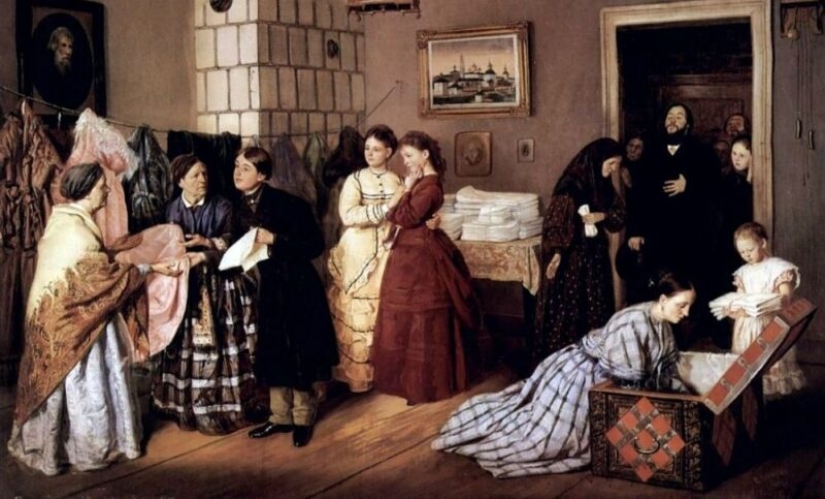
Those who needed a matchmaker looked for her in various ways, ranging from recommendations from relatives and friends, and ending with ads in newspapers. The most experienced and effective matchmakers did not need any advertising or recommendations at all — the parents themselves vied with each other to beg them to deal with the happiness of their children.
The work of a good matchmaker was perfectly organized. Often these people had real registers of grooms and brides, in which, in addition to the name and information about the property status, a variety of data were indicated, for example, attitude to cards or addiction to drinking and women.
Matchmakers also compiled inventories of the bride's dowry, in which movable and immovable property was listed in detail, up to bed linen and icons. If the matchmaker managed to negotiate with the bride and groom's side, then a viewing was appointed. Everything was very delicate — public, often very crowded places were chosen for the first meeting, where the bride and groom could look at each other unnoticed.
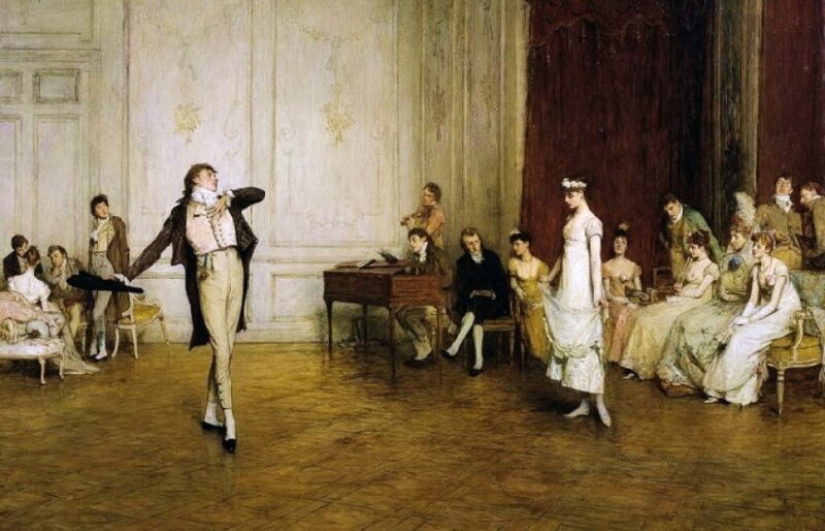
If after the first viewing both sides were satisfied, the matchmaker continued to work in this direction. The main showings were appointed, during which the groom, as part of a delegation of relatives, came to visit the bride's house. In order to observe decency, they begin to communicate without a bride and very far away, talking about the weather and trade.
Later, the girl herself appears, accompanied by her mother and matchmaker. The conversation continues in the presence of the bride, who does not interfere in the conversation. After a while, the groom and the bride's father retire to a separate room to finalize the wedding.
It happened in a different way. Since the end of the 18th century, boys and girls sometimes met at balls and social events and agreed among themselves, without matchmakers. Such an agreement did not have much weight, since they used to consider only official matchmaking when the cavalier came to the bride's house.

The official offer was a crucial moment, since the rumor about the groom's visit with serious intentions almost always scared off the other applicants. And if the matchmaking was not followed by a wedding. the most unpleasant rumors could go about the girl and her family.
At the end of the 19th century and the beginning of the 20th, matchmaking gradually became a thing of the past and remained as an archaism in the deep province. Special editions — newspapers with marriage announcements - have become platforms for finding family happiness. It was an incredible progress, because now any provincial girl, without arranging a trip to Moscow, could find a groom in any city of the Russian Empire.

The most popular publication of this type was the famous "Marriage Newspaper", which appeared in 1906 and was regularly published until the revolution of 1917. The newspaper was sold in dozens of cities in Russia and even abroad, and at the peak of its popularity, its circulation reached half a million copies. For just 3 rubles and 25 kopecks, you could subscribe for a year, and it cost only 25 kopecks to submit an ad. By the way, the salary of a small clerk at that time was about 20 rubles a month.
The Marriage Newspaper was a more delicate way of finding a couple than modern dating sites. The ad could be submitted in a letter or by phone. Anonymity was strictly observed — the newspaper was delivered to subscribers in a sealed envelope, and the addresses were not indicated in the ads. Communication took place through the editorial office or by letters on demand.
Sometimes, during correspondence, photos were also sent, but almost always demanding a refund. Firstly, this was required by the rules of decency, and secondly, photography was not a cheap pleasure.
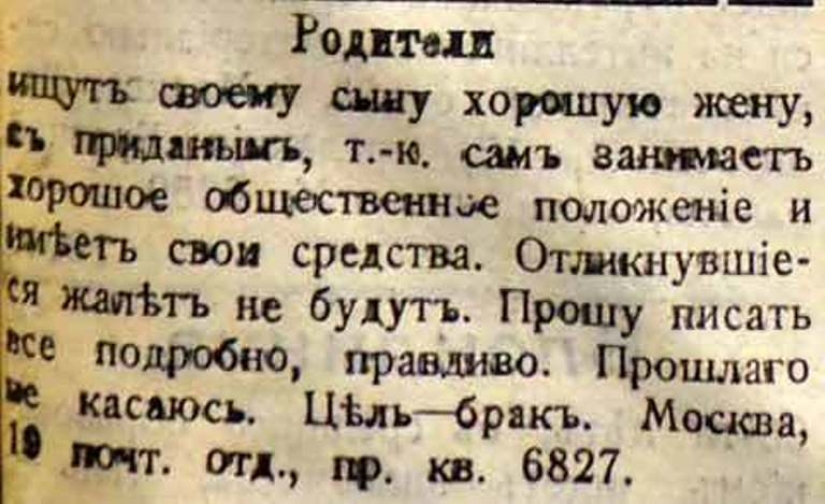
A modern person, reading old ads in the "Marriage Newspaper", will be surprised at how openly their applicants declare their material interest. This is typical for both women and men — at that time it was not a shame to talk about a marriage of convenience.
And this is still a very modest statement, because some directly called the desired amount of the bride's capital and even the goals for which it is planned to spend the dowry of the girl. However, it was not without real romantics, disinterested and expressing their wishes to the girls in verse.
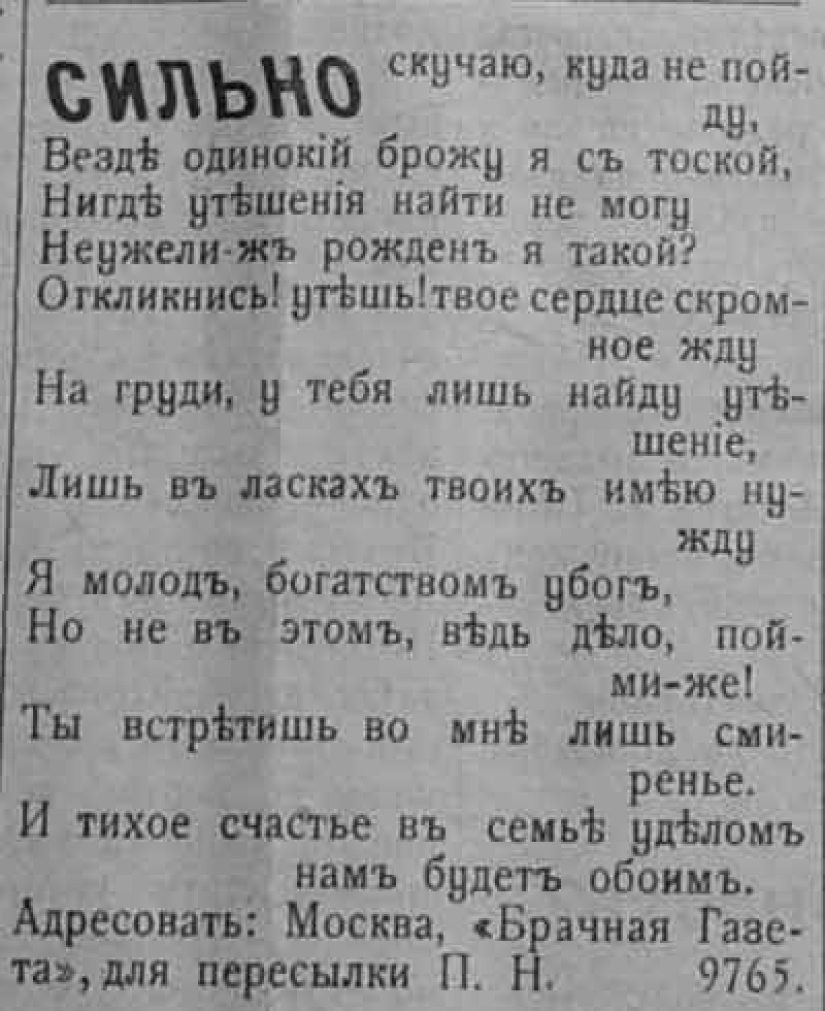
It was different for the Russian monarchs. Personal preferences and even feelings faded into the background when it came to choosing a bride, because state affairs were in the first place. Most often, princes and tsars married taking into account diplomatic interests and only sometimes other reasons appeared, for example, procreation.
Recent articles

The celebrities we are used to seeing on the screen or in history textbooks, outside of all this hype around, are ordinary people. ...

At the beginning of their career, many actors grab any role – just to light up on the screen. And then, years later, when they ...

Arabic writing is very different from Cyrillic and Latin. And this difference is not only in the form of the letters themselves. In ...